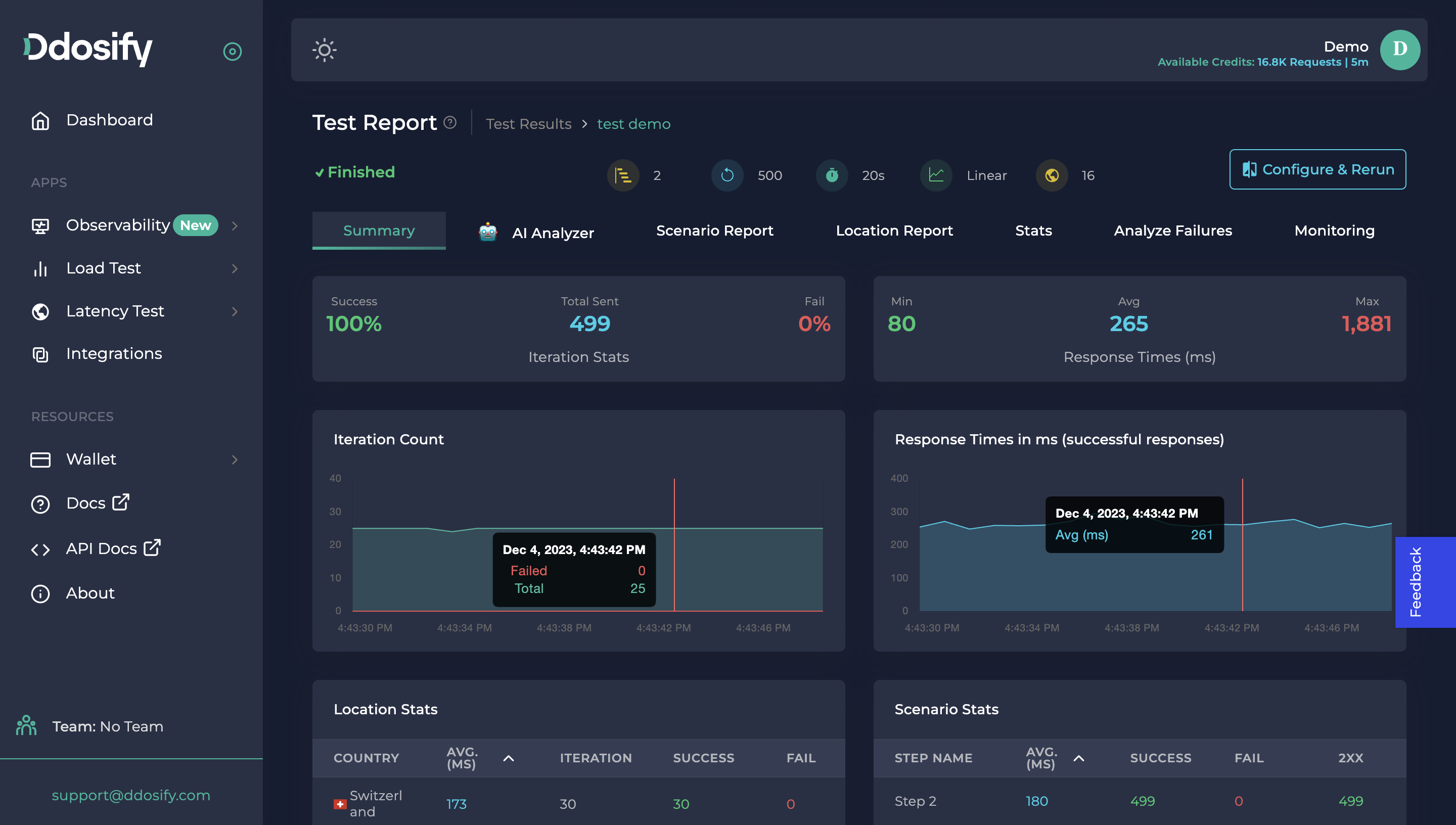
As a software engineer, I've come to realize the extreme importance of performance testing in creating reliable and high-performance applications. Performance testing is no longer just an option, it's crucial. It makes sure that our software works efficiently under heavy workload which contributes to a better user experience.
In our digitally-driven era, people expect fast and smooth responses from software. If an application runs slowly or has issues, it can upset users, harm the reputation of the company, and even cause lost income. Because of this, performance testing has become a must.
Table of Contents
- Why do we need Performance Testing
- Types of Performance Testing
- The Performance Testing Process
- Tools for Performance Testing
- Benefits of Performance Testing
- Is Performance Testing Enough?
- Conclusion
Why do we need Performance Testing?
In all my different projects, I've learned one crucial thing - no one likes a slow or buggy application. Performance testing lets us find and fix issues early. It makes sure our software can handle lots of users and hard work.
For really important software, like those controlling spaceships or lifesaving medical equipment, performance testing is extremely necessary. These types of apps need to work perfectly for a long time without any mistakes. A report by Dunn & Bradstreet adds more weight to this discussion. The cost of software downtime can be staggering in terms of both financial and brand damages. There, it becomes clear how performance testing acts as a vital lifeline.

With the help of performance testing, we can assure robust and efficient software performance. Here are some significant benefits and features of implementing this form of testing:
- It ensures system stability under high-load, such as during Black Friday
- Identifies bottlenecks, issues, and the maximum capacity of the system.
- Track response times under high-load
- Evaluate and compare the performance of your recent code changes
Types of Performance Testing:
There are different types of Performance Testing, each designed for a specific purpose:
Load Testing
Tests how the system works under heavy use. It predicts any issues that might occur when the system is used a lot.
Endurance Testing
Tests how the system works during and after long periods of high use. It checks for any leaks in memory or issues that may happen over time during heavy use.
Stress Testing
Tests how stable the system is when used beyond its limit. It shows the system's breaking point and how it recovers after failing, giving useful data on the system's limitations.
Spike Testing
Tests how the software reacts to sudden, large changes in use. It tests the system's ability to handle sudden traffic spikes without problems.

Each of these helps us examine the different facets of an application's performance. And Ddosify has all types of predefined Load Configurations.
The Performance Testing Process
The performance testing lifecycle primarily comprises five stages:
Gathering Requirements - We need to define the metrics we're aiming at - such as response times, throughput, etc.
Planning Tests - This could involve understanding the environment, creating the testing procedure, and setting up test data.
Designing Tests - This means building scripts simulating user interactions and network conditions.
Executing Tests - In this step, we run these tests and keep a keen eye on what comes up.
Analyzing Results - We then deeply analyze the results, identify problem areas, and generate reports.
Tools for Performance Testing:
There are various tools out there to assist me with performance testing. Some of these tools include JMeter and K6, each with its unique features. JMeter, for example, is a free tool well-known for its user-friendly interface. K6, on the other hand, is popular among developers due to its focus on developer needs and its command-line interface operation method.
Working as a founding engineer at Ddosify, I've seen up close what makes our tool a game-changer. One of its standout features is its low CPU usage, allowing it to generate more requests on the same hardware compared to our competitors.
What gives Ddosify an edge is that it's free to use and gives support for self-hosted, command-line, and Cloud options to cater to a variety of needs. It offers features like geo-targeted load testing for realistic user simulation and a no-code User Interface for easy scenario creation. This tool has also gained the trust of developers, gaining more than 8K stars on Github.
Ddosify's ability to work with existing tech stacks and its ease of integration makes it even more appealing. It also proudly partners with RedHat, adding to its credibility. Another helpful feature is its functionality to import Postman collections, which simplifies and speeds up the test creation process.
In sum, the goal of this write-up is to highlight the strengths of Ddosify and present it as an attractive choice for performance testing. If you need any assistance or have more questions, feel free to reach out, we can dive deeper into how Ddosify can meet your testing needs. You can also learn more about Ddosify through this in-depth Performance Testing Guide.

Benefits of Performance Testing:
Over the years, Performance Testing has helped me step up my game by a mile. It points out bottlenecks early, thereby preventing any unpleasant surprises post-deployment. The result is happy users, minimal downtime, and more trust in our applications. And we all know, that in today’s world, user trust equals success for a brand. Here are some of the reasons why I put a high value on performance testing:
- It spots and fixes speed issues before the software goes live.
- It makes users happier and more likely to stick around.
- It cuts down the chances of the system crashing.
- It checks if the software is strong, fast, and can handle growth.
- It boosts dependability, the ability to handle a lot of users, and how the software performs under different scenarios.
You can inspect a simple final report of performance testing to understanding the benefits clearly.
Is Performance Testing Enough?
While performance testing is extremely useful, it can't guarantee a perfectly working application on its own. Using techniques like end-to-end distributed observability can give us a deeper understanding of how the software works, making it more likely to find any hidden bugs.
Ddosify also has features to observe your clusters. You can integrate your load tests with observability features to find bottlenecks easily, check this blog to see how to find bottlenecks, to improve performance of your application.
Conclusion
Let's face it - in today's digital landscape, performance testing isn't just a luxury; it's an absolute necessity. Regular performance testing ensures your software is fit enough to handle even the most demanding situations, translating into an optimal user experience.
With every passing day of my journey as a software engineer, I am reminded that the performance of an application is as vital as its functionality. And of course, performance testing is the magic wand that helps us achieve it.
I invite you to try out Ddosify. and share your feedback. You can reach us on Discord.
Share on social media:
